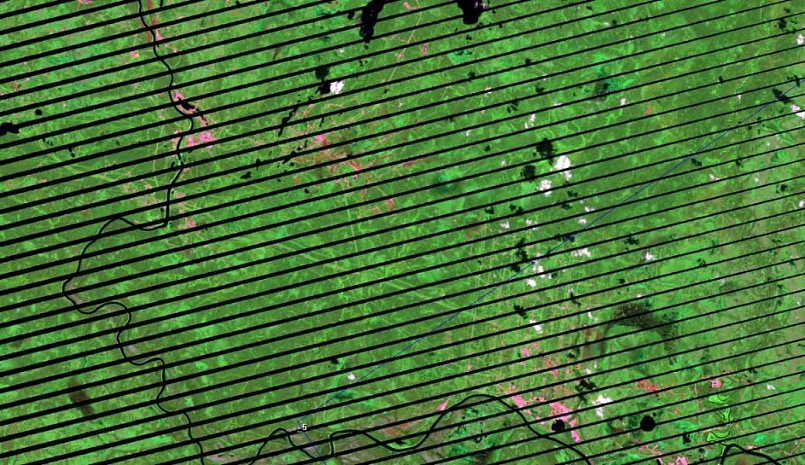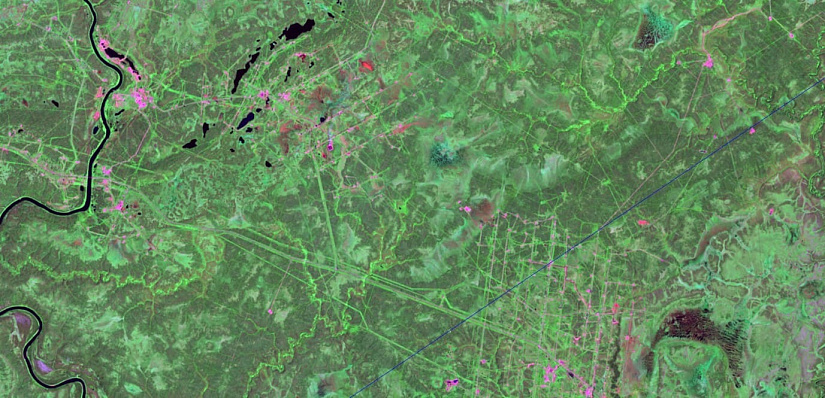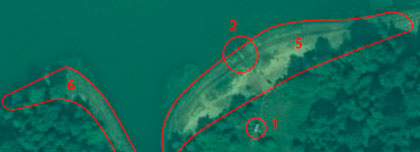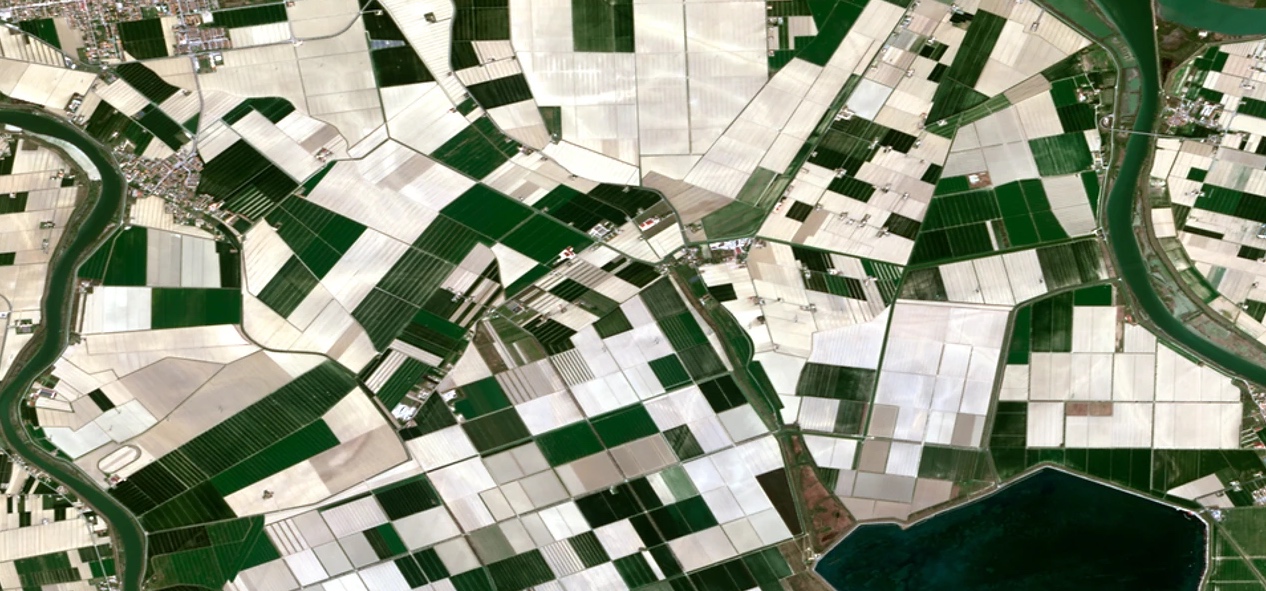Sat-Sun: Non-working days
Consequences of an oil spill
The largest onshore oil spill was and still is the "Usinsk disaster", which occurred in 1994 at the Vosey - Usinsk oilfield pipeline. This disaster was even noted in the Guinness Book of Records. There is nothing surprising in this, because the horrifying consequences of the oil spill affected not only the Komi Republic, where the tragedy occurred, but also the countries of the Scandinavian Peninsula and other countries bordering the Arctic Ocean. Official sources stated that only 14 thousand tons of oil got to the ground from the damaged pipe, while Greenpeace estimates that more than 100 thousand tons of oil leaked. After passing through the Pechora River, the oil reached the Barents Sea. The whole world learned about it as the first man-made disaster in the history of modern Russia.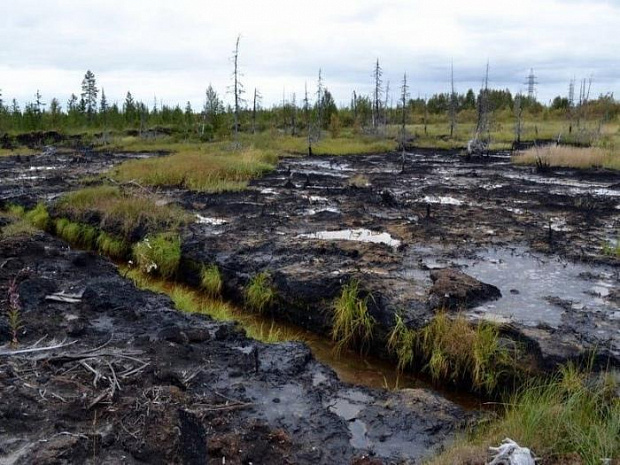
Initially, the oil pipeline from the Vozey oil field to the city of Usinsk was planned as a trunk line for transporting already refined commercial oil. With a length of about 45 km, its pipe diameter was 720 mm, and the wall thickness was 9 mm. In 1975, the pipeline was put into operation, but it lacked a facility for preparing commercial oil. On August 23, 1978, the technical council of the "Komineft" production association decided to build this facility, not at Vozey, but in the Usinsk area as part of the Main facilities of the comprehensive oil preparation complex. The oil company also did not allocate funds for special cathodic protection. This cost-saving measure transformed the pipeline from a trunk line to an intra-field one and reduced its service life from 20 years to 12.
In subsequent years, the Vozey-Usinsk pipeline was used as a trunk line, becoming part of the further northern oil pipeline Harjaga-Usa, which transports oil from the Upper Vozey (Komi Republic) and Harjaginskoye (Nenets Autonomous Okrug) fields.
The decisive role in the subsequent disaster due to active metal corrosion inside the pipeline was played by the striking economy of the "Komineft" management.
Detecting leaks in the oil pipeline
The first oil discharge after the rupture occurred in the fall of 1988, just 10 years after being put into operation. According to official data, about 15 tons of oil entered the environment due to the accident. The "PechorNIPIneft" Institute, which inspected the pipe after the accident, concluded that due to active internal corrosion, the service life of the pipeline was shortened, and the situation would spiral out of control by 1990-91.
Apparently, by then, the management had already realized their fatal mistake. According to regulations, the trunk oil pipeline should have served at least another 10 years, and acknowledging the violation of this norm would have led to the destruction of not just one career. To preserve it at all costs, a decision was made to keep the pipeline in operation until 1996 without spending a large amount on major repairs.
Starting in 1989, corrosion inhibitors were injected into the pipeline. However, due to several reasons (lack of a general technological regulation for pipeline operation, varying water content—ranging from a couple to over 40 percent—of oil coming from the fields, and interruptions in inhibitor supplies), their application proved to be ineffective.
The next accident occurred in the summer of 1990. At that time, about 15 tons of oil entered the environment and Lake Shchuchye. In the fall of 1991, a defectoscopy of the pipe showed that the wall thickness had decreased to 7.7 mm (the critical thickness was considered to be 7.2 mm), and the metal corrosion rate in certain areas exceeded 1 mm per year. Another defectoscopy conducted in the fall of the following year showed that corrosion was accelerating, reaching 1 mm per year, and the wall thickness had practically reached the critical mark of 7.7 mm. This did not promise even five years of service life for the pipeline. Subsequently, up until July 1994, there were 4 more accidents, which officially led to more than 1000 tons of oil entering the environment, while unofficial reports suggested up to 4000 tons.
In the summer of 1994, the disaster took on a massive scale. New breaches in the pipeline appeared faster than old ones could be repaired. In August 1994, local management employees and ecologists discovered more than 14 pipeline defects and 7 major oil spills, with depths reaching 45 centimeters. The spills amounted to over 64,000 tons of oil in the places recorded at that time. Later, the commission investigated the tributaries of the Khataigi and Pechora rivers, where several spills totaling about 140 tons of oil were found. The scale of the tragedy was difficult to assess and clearly not worth the effort. It was already evident to everyone that the environmental damage could be measured in billions of dollars.
After discovering the pipe's damage, which could not be repaired, the decision was made to suspend the operation of the oil pipeline and put a new one into operation. However, just 6 days later, when the accident site was fenced off with a 4-kilometer loop, the director of "Komineft" ordered the resumption of operations, and the destruction resumed with renewed vigor. However, soon heavy rains breached all barriers, and the oil covered the Kolva River with a 10-centimeter layer. The oil flow headed towards the Pechora River. Cold weather saved the day, freezing the river and preventing the oil from spreading further into the Pechora River, averting a complete environmental catastrophe.
Cleanup of oil spill consequences
Only in October did work begin on cleaning up the oil spill consequences. Modest estimates revealed the discovery of 100 to 200 thousand tons of oil.
In the 1990s, remote Earth sensing methods were not used for accident cleanup. However, as experience with similar operations has shown, satellite imaging precisely determines the volumes of contaminated land, monitors the spread of oil spills, and accelerates accident cleanup, thereby avoiding unnecessary economic losses, fines, and indirect economic consequences following the destruction of flora and fauna.
Currently, satellite images from 1993-1994 taken by Landsat-5 are available. We will examine whether satellite imagery would have helped detect land pollution. To do this, we will download the image, prepare it for analysis, and conduct classification using near-infrared, shortwave infrared, and thermal channels.

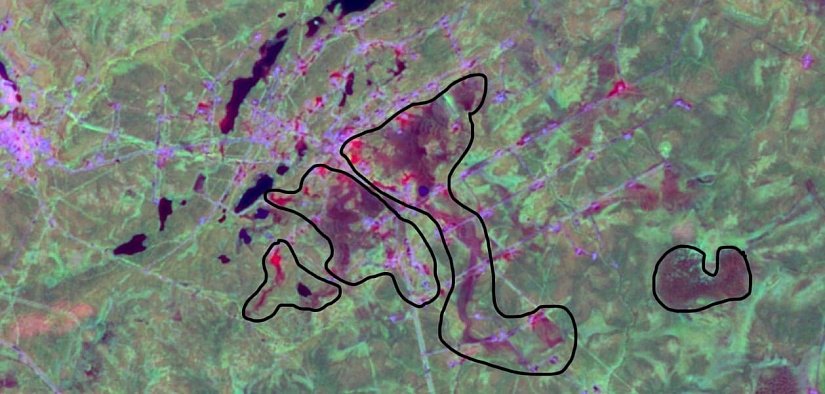
In 2004, about 250 hectares of the 270 hectares of land disturbed and contaminated in the area of the 1994 accident were accepted by state commissions as reclaimed. Full reclamation of the spill sites was planned to be completed in 2005. And LUKOIL-Komi announced in the same year that the work had been completed. However, let us check how things were in 2005. We found a comic image of Landsat-7 from July 2005. Unfortunately, the calibration of the satellite was out of order by 2005 and it will not be possible to analyze it accurately. However, we will check the presence of oil spills in the territory of the production sites.
